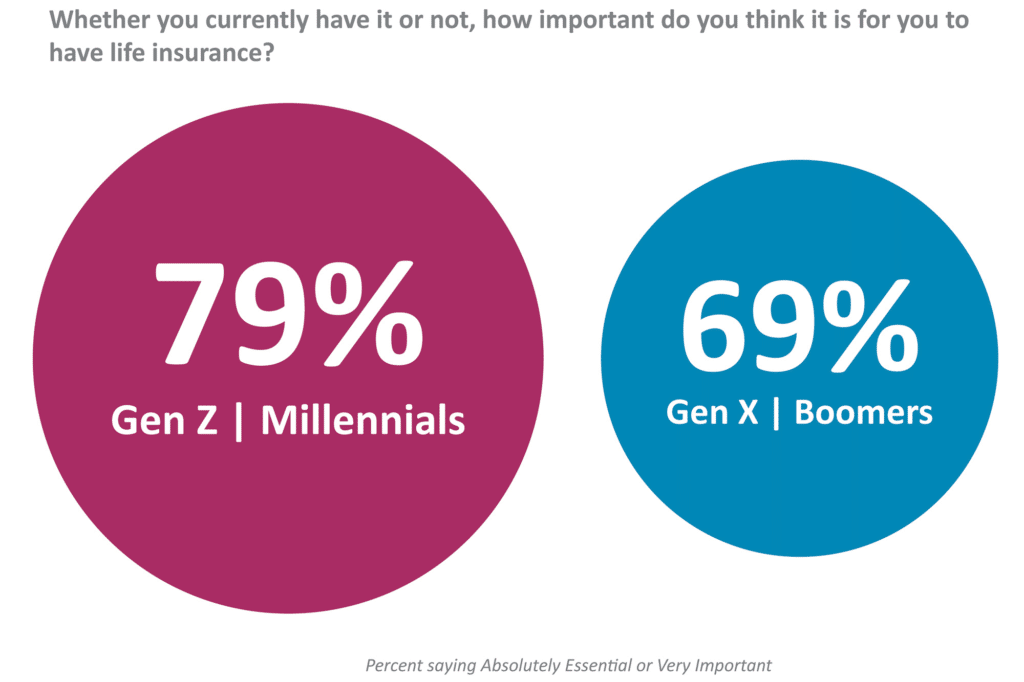While the insurance industry has long played it safe, innovation is now accelerating as digitization is gaining ground in more business sectors and the pandemic has forced companies to rapidly adapt to new restrictions. “It’s highly likely that the insurance industry will change more in the next 15 years than it has in the previous 100,” says Mark Anquillare, chief operating officer at Verisk.
The industry would do well to rely more on what are known as OKRs -- objectives and key results, which were developed as a management tool by legendary Intel CEO Andy Grove, championed by Google and explained to a broad business audience in venture capitalist John Doerr's 2018 book, Measure What Matters.
In this article, I'm going to explore 10 ways that the insurance industry will lean on OKRs in the years to come.
1. Digitization of insurance front-end processes: Digitization of customer-facing processes makes it easier for customers to access information, compare providers and accelerate the closing process.
The slow progress of customer-centric innovation in the insurance industry is a huge problem. COVID-19 has accelerated the migration of customers to digital channels. In response, insurers will more than likely rely on OKRs to efficiently execute their digitization initiatives before they lose customers to providers that have already digitized their customer-facing processes. Innovative companies like Lemonade, which has prioritized the digital experience of customers, have taken a lead in this charge.
2. Process (specifically speed of process) is becoming critical: Customer onboarding, underwriting, policy administration and claims are key processes in insurance. As customers become accustomed to a digital experience in nearly every vertical – from retail to media and entertainment, and even education and healthcare – their expectations have only grown.
Slow manual processes are not going to cut it for the modern-day customer. A few insurance leaders have already anticipated this necessary change and adopted OKRs to plan for dramatic improvements.
See also: A Quarantine Dispatch on the Insurtech Trio
3. Customers want flexibility and an omnichannel experience: Today, insurers are multichannel — not omnichannel. However, channels must be integrated to provide customers with a single, seamless experience.
Customers should have information consistency across channels to avoid confusion and grant them flexibility to access their important information in any way that is convenient for them. Customers should have the flexibility to navigate across channels easily. OKRs can be used to execute omnichannel projects and ensure that this important aspect of user experience is provided to customers.
4. Responsiveness will be a differentiator: The top requirements insurance customers have for their providers are to have safe and secure transactions, receive fast responses and claims resolutions and receive guidance on the right policies required to cover their risks.
Because there are so many touchpoints for an insurance customer, it’s important for insurers to provide highly responsive service that feels personalized and sensitive. When people feel genuinely cared for during an ordeal or in their time of need, they are more likely to be satisfied, repeat customers. OKRs can be used to build and run responsive organizations.
5. Agent-customer interaction has moved digital: The pandemic has made digital engagement between insurance agents and their customers the default. This pandemic-induced shift has actually resulted in more frequent and efficient interactions. Customers still want empathetic personal service as well as accurate information about coverage types and policy options.
Both potential and current clients need answers about policy restrictions and coverage availability and will seek personal guidance. Agents should be comfortable with digital communication and be able to answer these questions and help clients get the coverage that best meets their needs and budgets. OKRs should be employed to manage this shift to digital as well as the desired outcomes in agent-customer interactions.
6. Enterprise agility will be key: Agile organizations can quickly direct their people and priorities toward value-creating opportunities. With the disruption caused by digitization, changing customer preferences and pandemic-induced disruption, insurers with enterprise agility will be rewarded. OKRs can be a great framework to build enterprise agility and ensure that a company is keeping up with the developing needs and expectations of their customer base.
7. Role of ML/AI in claims: Claims processing can frustrate customers. Because claims involve forms and paperwork, the sense of urgency that customers feel might not be reflected in the process itself. However, insurers that use AI can now respond to customers quickly, ensuring that they get their money fast. Agents can use AI tools to assess coverage, communicate instantly via portal, create follow-up tasks and ultimately process claims in a vastly more efficient process.
By reducing cycle times, insurers satisfy customers and can process more claims. OKRs are being used to manage this important work done by the team of data scientists and AI/ML developers. A machine learning application can be trained to analyze claims and place them into one of three buckets: pay, don't pay or refer. In ML projects, machine learning tools are given a batch of historic claims to analyze and decide on -- and then compare those results to those already delivered by the human underwriters. By making any changes needed, the algorithm should soon be comparable to the human decision-making process.
8. COVID-19 will still play an important role: The insurance industry is generally well-prepared for major loss events. Still, a pandemic like COVID-19 can be quite demanding in various ways for insurers, payers, employers and investment managers. COVID-19 mandated insurance companies allow up to 90% of their employees to work from home.
One of the biggest challenges for insurers during the pandemic has been the spike in customer contacts. Customers are flooding insurers with queries over what they may or may not be covered for, and to submit claims on travel insurance, critical illness, health coverage, business interruption or another issue.
While service and call centers associated with life, health and retirement products are seeing significant increase in inquiries, other products such as auto have seen a significant drop in claims. This is a low-visibility environment for insurers. OKRs provide the agility for insurers to navigate the effects of COVID-19 in 2021 and beyond.
See also: P&C Insurance Is Losing Importance
9. Fraud detection will be important: COVID-19 has brought in a host of new types of frauds for insurers, including tele-medicine scams, dental provider frauds, disability claims and auto-related frauds. Insurers are using traditional fraud prevention and detection technologies. But they are also looking at advanced analytic techniques to better identify attributes and trends for new and emerging threats so they can develop controls to mitigate the risks. ML is being deployed to detect frauds. OKRs are being used by many insurers to execute these projects and monitor and mitigate fraud incidents.
10. Client referrals and retention rate will be key: Client referrals measure the number of new clients that were referred by existing clients in any given time. This will become a key metric to measure two important factors. First, how satisfied your existing clients are with your products and services. Second, how much of the company’s growth is organic as opposed to advertisement-driven. OKRs can help manage these outcomes by streamlining customer success and related processes.
Insurance is in the middle of a disruption being caused by an industry-wide move to digital processes. This shift has only been accelerated by the pandemic and rising customer expectations. Smart insurers are using OKRs to manage this disruption and emerge stronger with better operational efficiency through great execution and high-performance teams that are prepared to adapt to the changing industry.


































